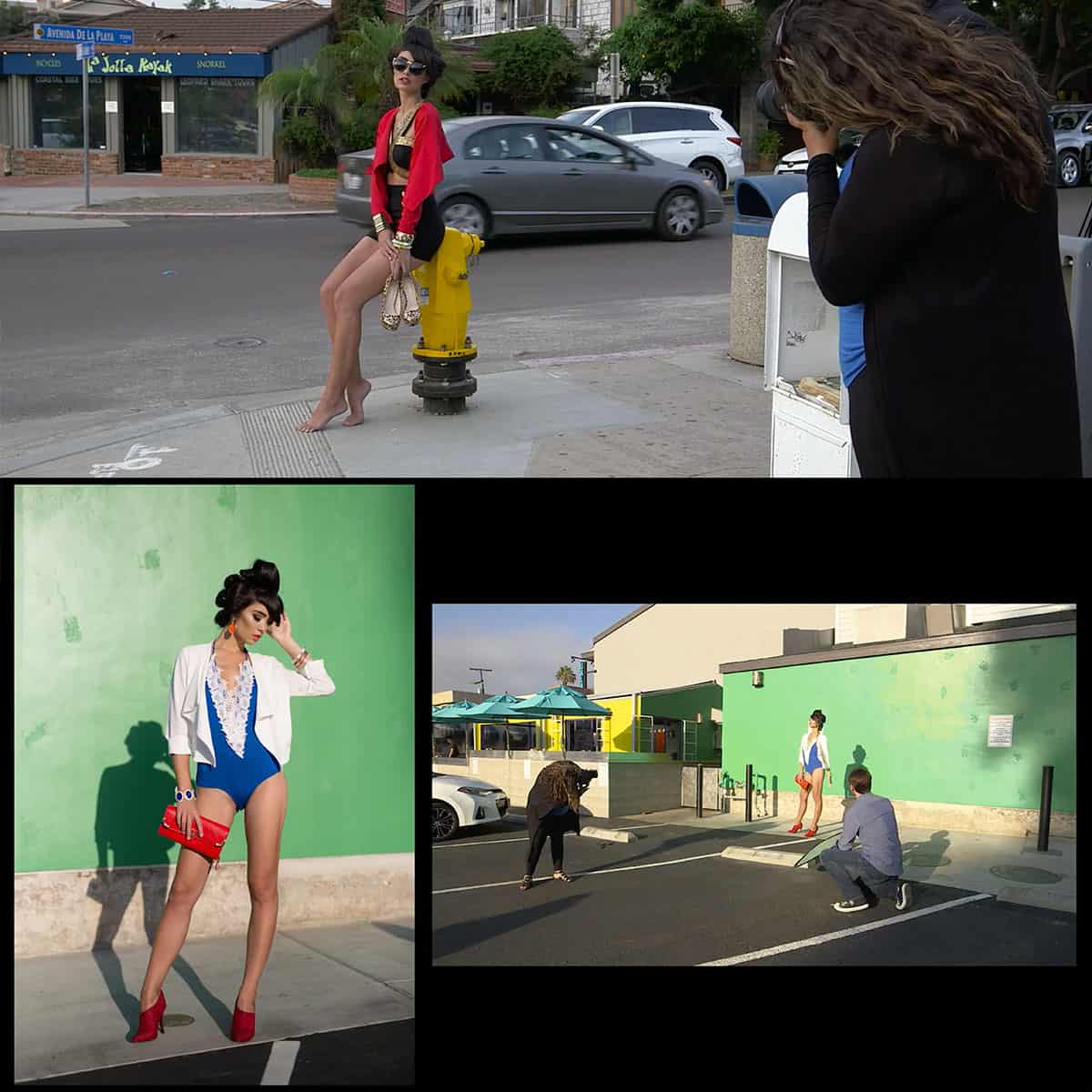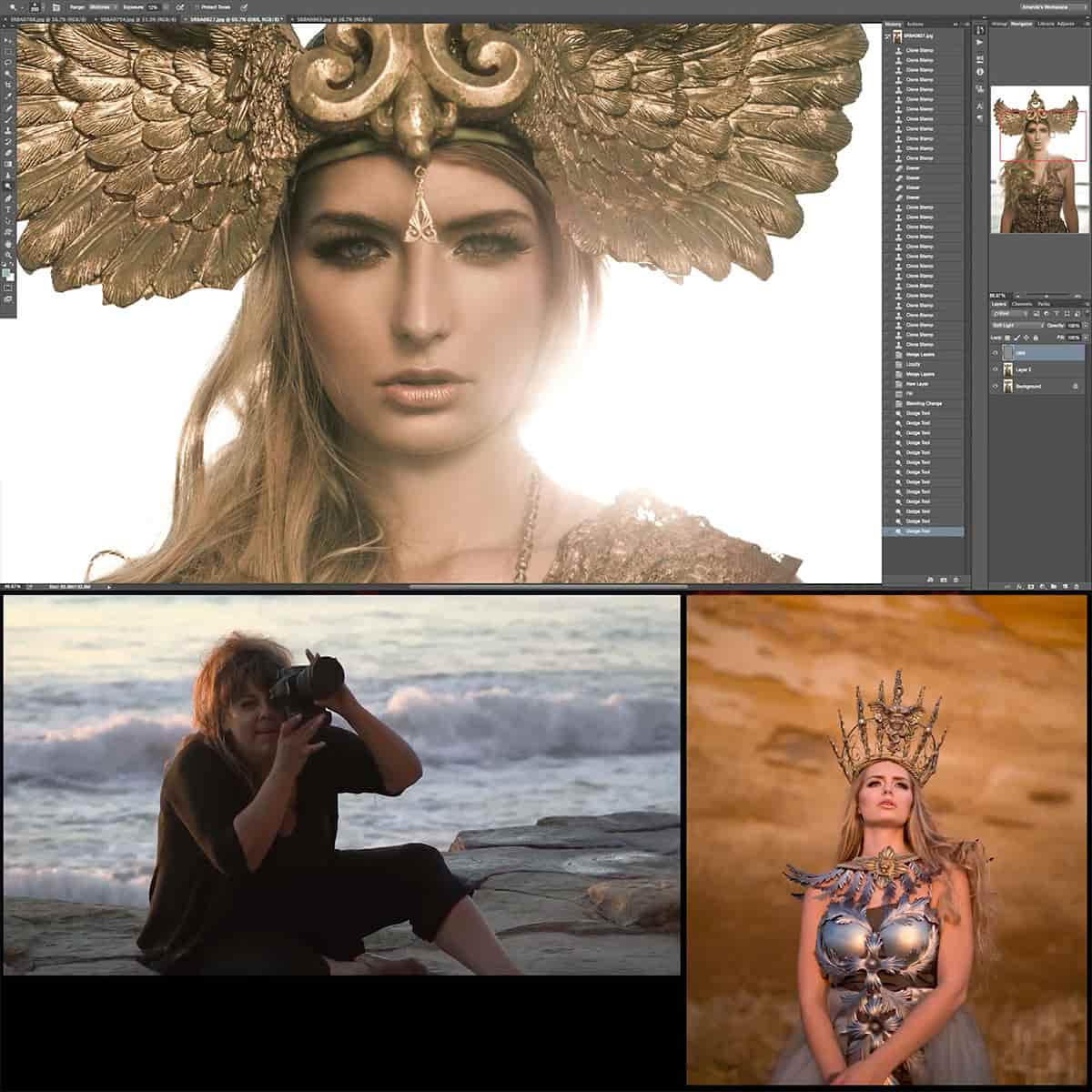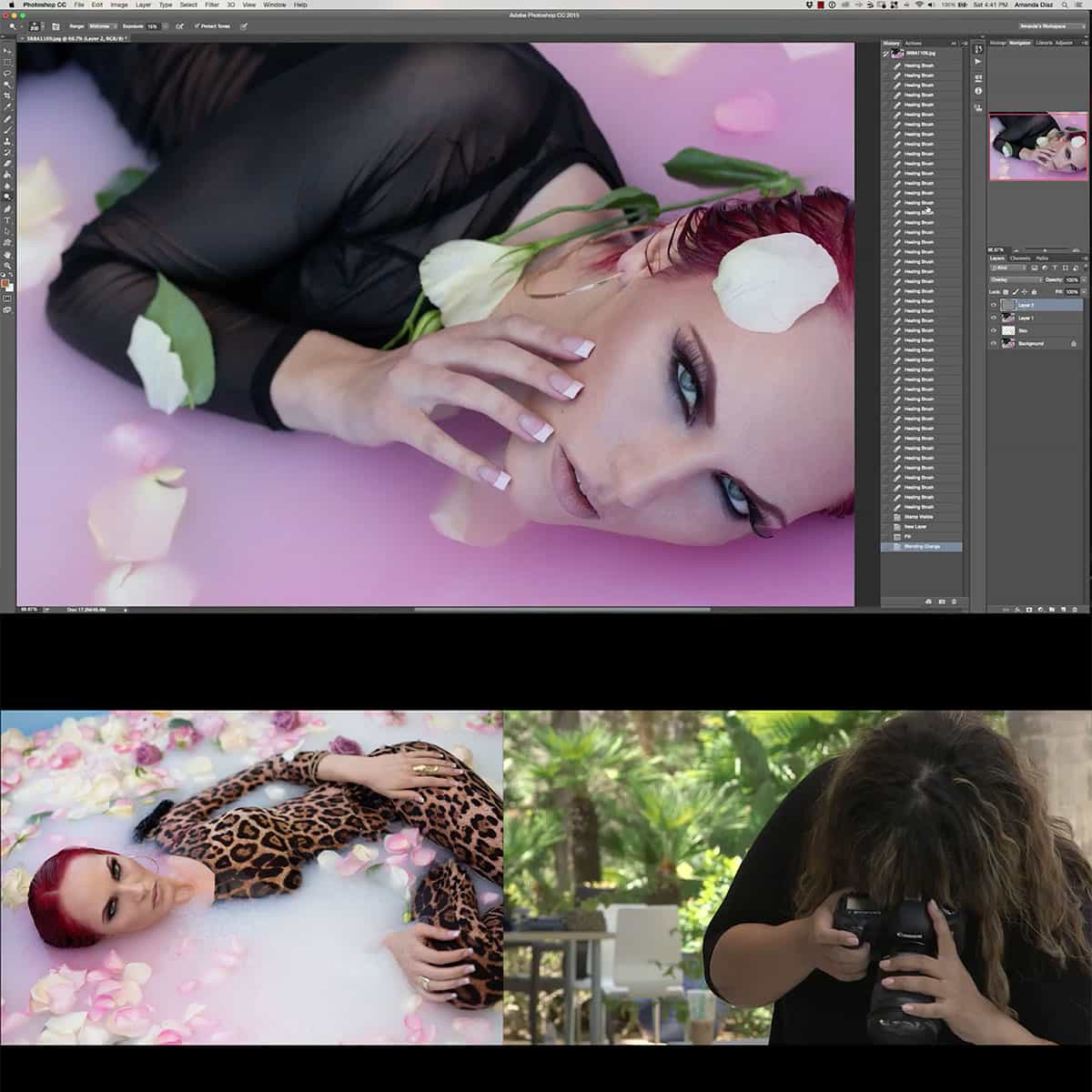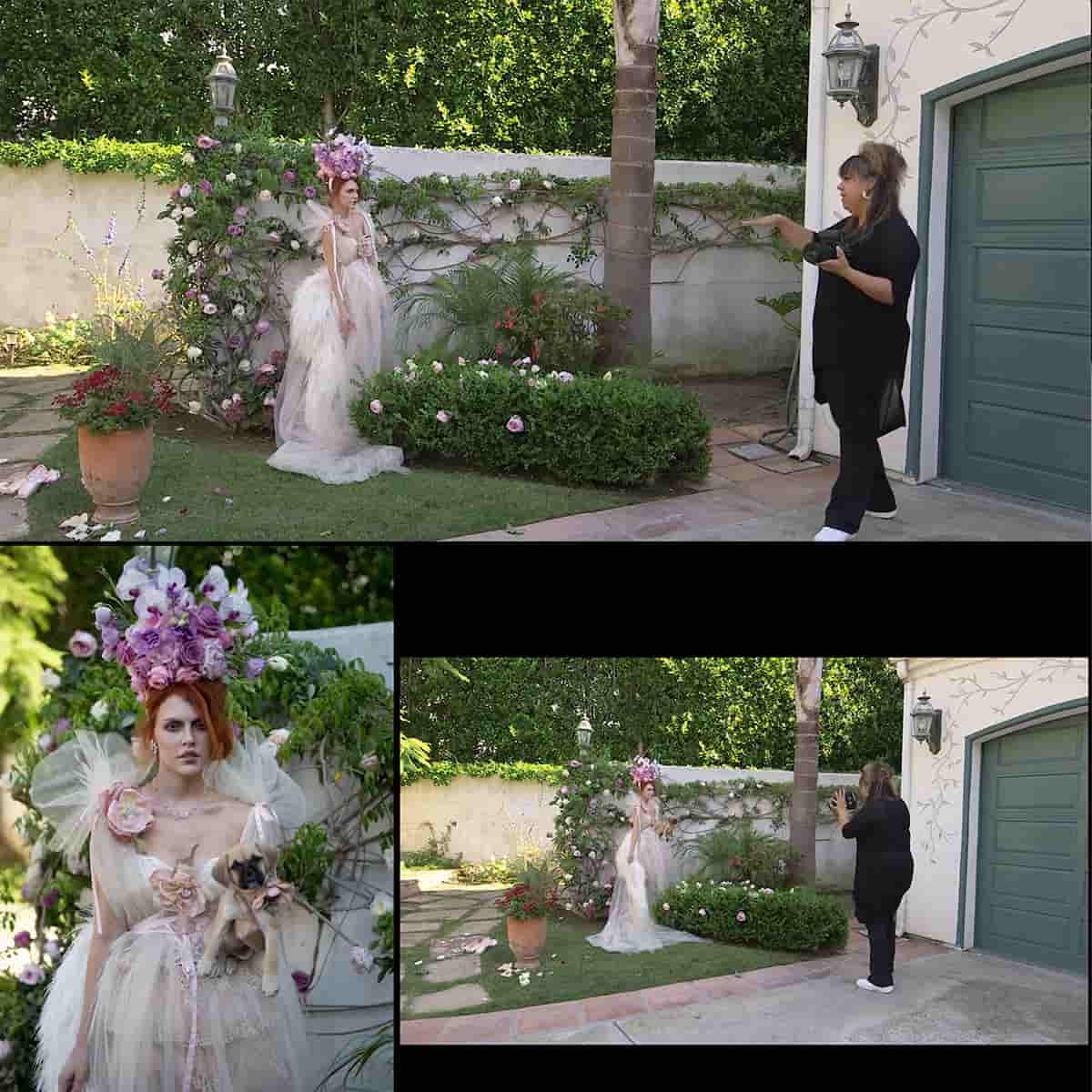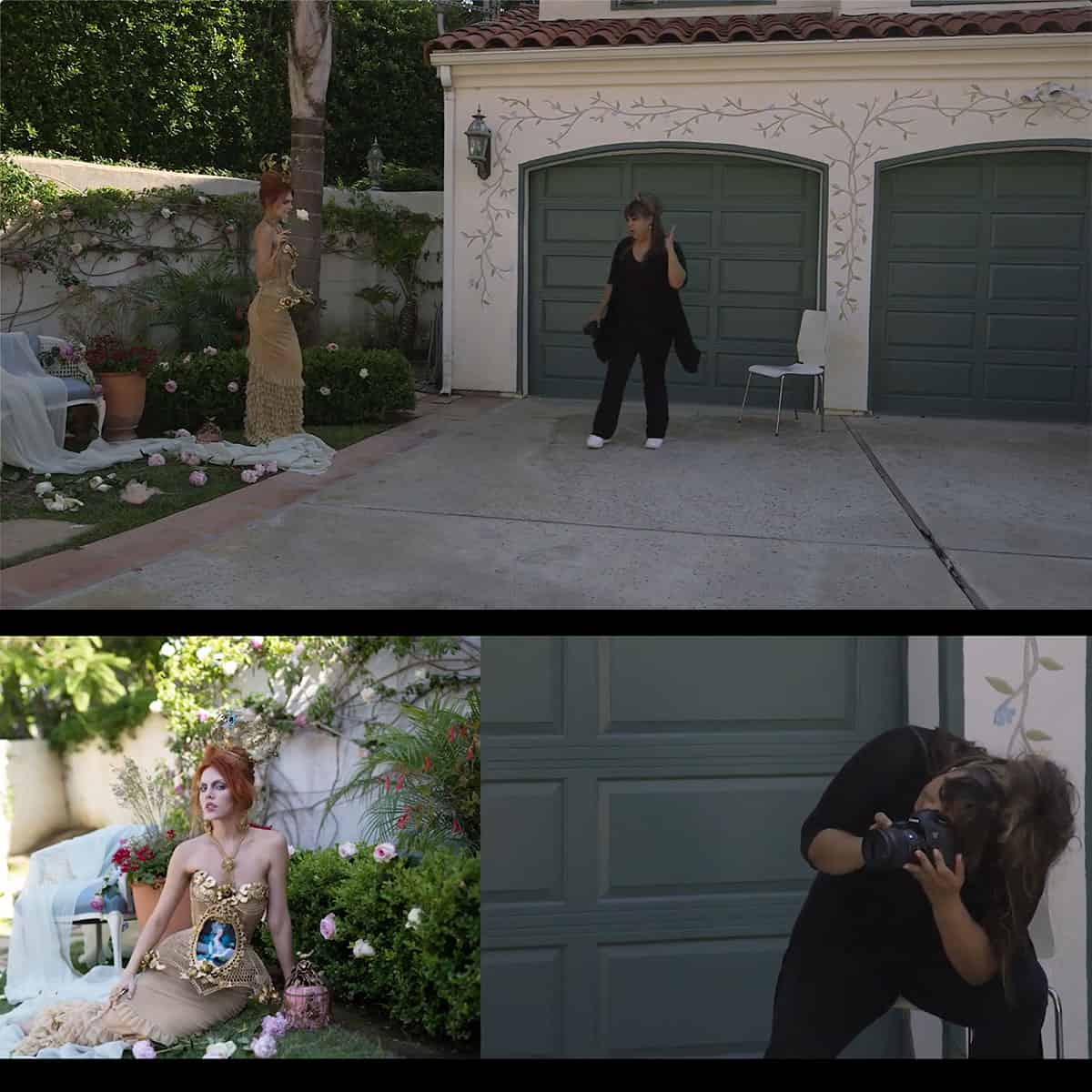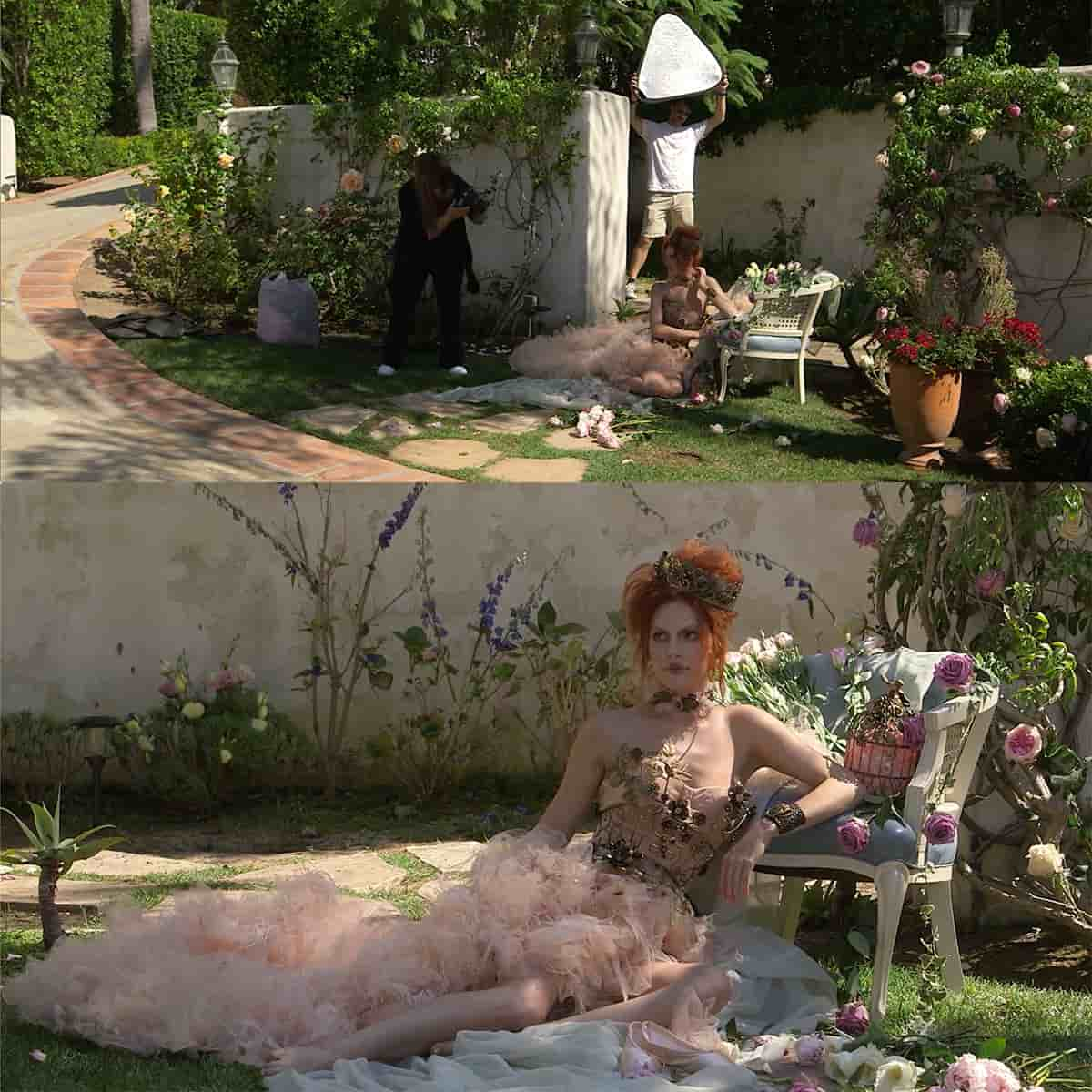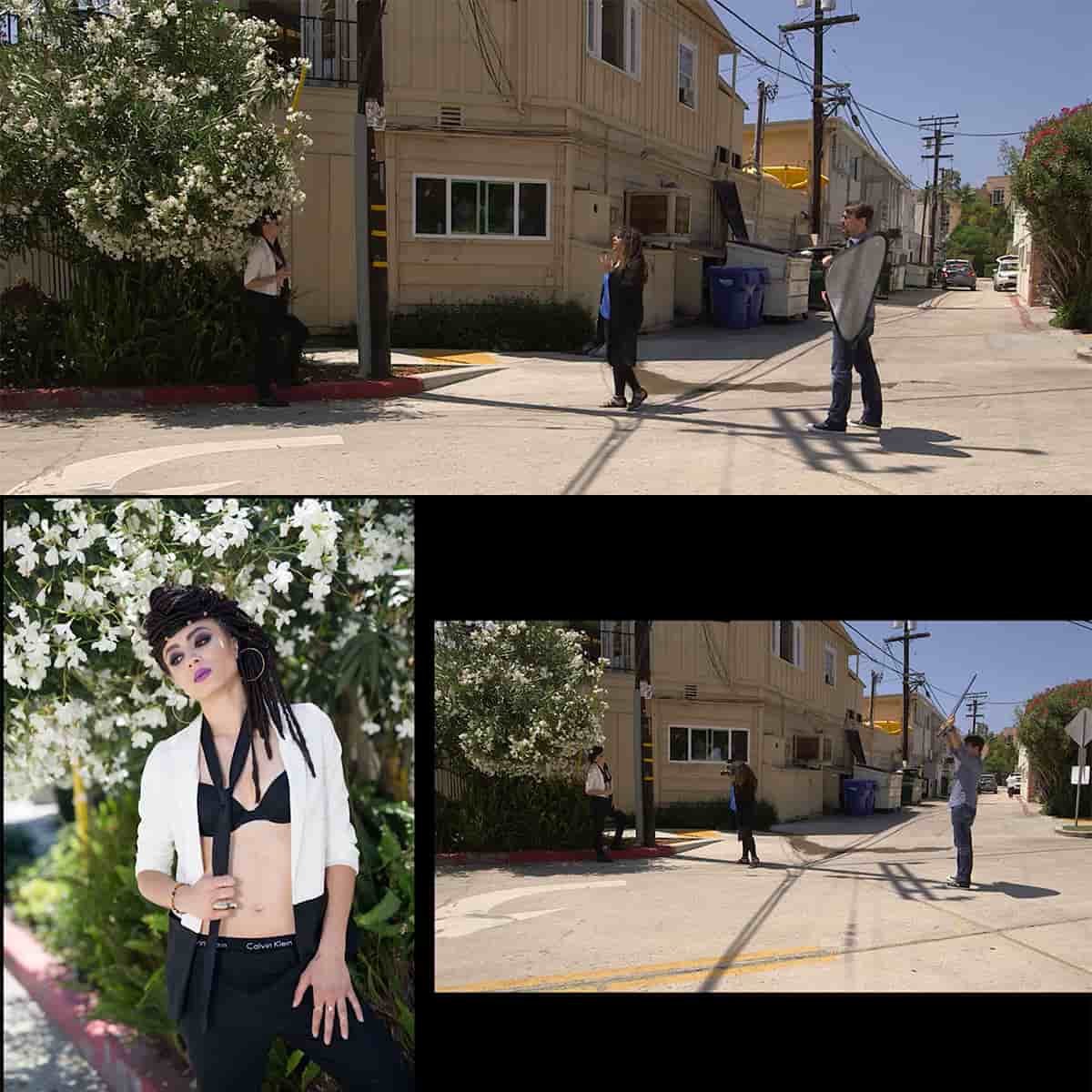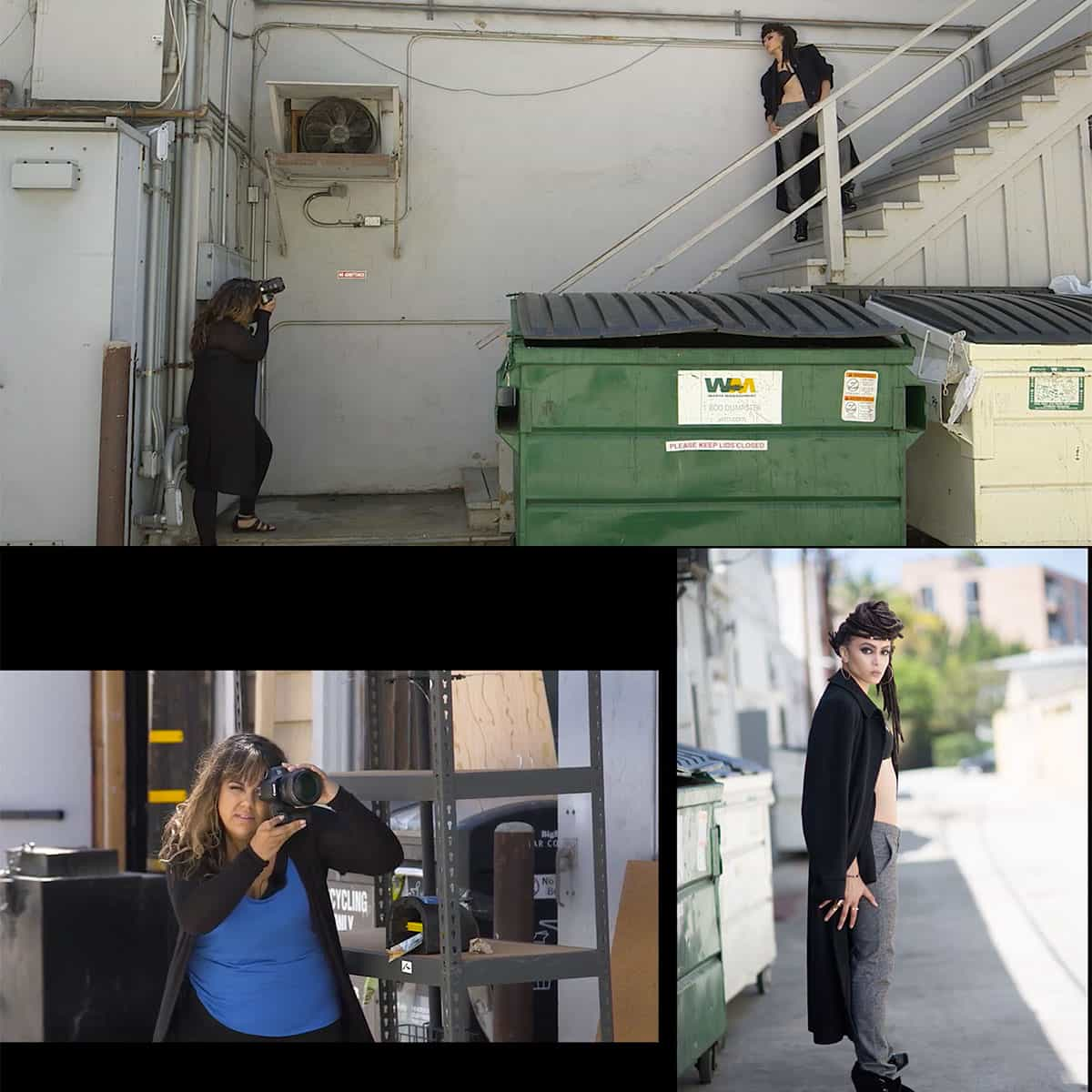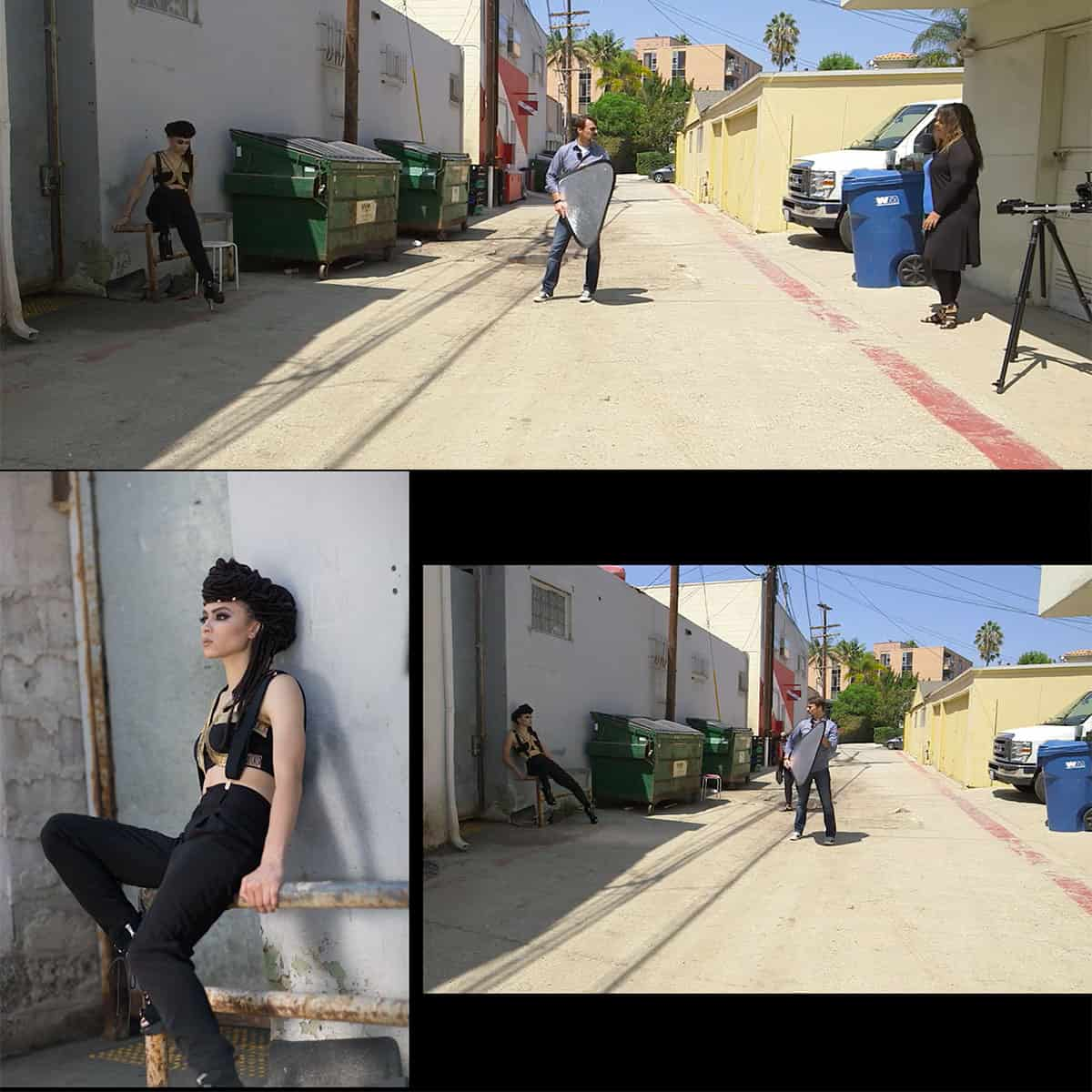Parallax in Photography: Expert Guide for Identifying and Fixing Issues
Parallax in photography is a common phenomenon that occurs when the subject's position appears to change relative to the background as the camera is rotated or moved. This optical illusion can lead to misaligned elements in your images, especially when shooting panoramas or using a scope in long-distance photography.
Understanding parallax is essential for photographers who want to achieve accurate and visually pleasing compositions. By learning how to identify and correct parallax, you can ensure that your images retain their intended perspective and depth. This is particularly important in scenarios where precise alignment of subjects and background elements is crucial to the overall visual impact of the photograph.
Key Takeaways
- Parallax is an optical illusion in photography that can affect image alignment and depth
- Understanding and correcting parallax is essential, especially in panoramas and long-distance photography
- Proper equipment and techniques can help minimize the impact of parallax on your images
Understanding Parallax: An Overview
Parallax is the apparent shift in an object's position when observed from two different viewpoints. In photography, it often occurs when taking pictures with a camera that has separate viewing and capturing lenses, or when shooting panoramas.
To better understand parallax, consider a simple example: extend your arm and hold your thumb up, then, focus on it and close one eye, alternating between them. You'll notice your thumb appears to shift relative to the objects behind it. This shift is the parallax, caused by the change in your viewing position (your eyes).
When we talk about parallax in photography, it primarily impacts two aspects: depth perception and image alignment. Depth perception can be affected in optical viewfinders (OVF) of cameras, where there is a slight misalignment between the viewfinder's viewpoint and the camera lens' viewpoint. Image alignment, on the other hand, becomes crucial when shooting panoramas, as parallax can cause visible mismatches in the final image when objects are close to the camera.
There are ways to overcome parallax in both situations. For cameras with an OVF, some models offer parallax correction, using framing lines that adjust based on the focus distance, making them more accurate. To mitigate parallax when shooting panoramas, we need to rotate the camera around its nodal point, which may require the use of special equipment like nodal slide bars and tripod heads.
In the case of long-range photography, such as in rifle scopes, parallax can also be a concern. It often becomes more significant at greater distances, causing a slight shift in the reticle in relation to the target. To counteract this effect, many scopes are equipped with parallax compensation adjustments.
Role of Camera and Lens in Parallax
Insights into Camera and Lens Configuration
When discussing parallax in photography, it's essential to consider the configuration of the camera and lens. The relative position of the subject can change while rotating the camera, leading to parallax error. This error becomes more noticeable as subjects move closer to the lens.
The design of the camera's viewing system also contributes to parallax error. In point-and-shoot cameras, the viewfinder is often positioned separately from the lens, which leads to a disparity between the image seen through the viewfinder and the image captured by the imaging sensor.
Role of Focal Plane and Range
In the context of parallax, the focal plane and range play a significant role. Parallax occurs when the focal plane of the object in the scope is offset from the reticle, creating an optical illusion. It is crucial to ensure that the reticle and target image are on the same focal plane within the scope to avoid this phenomenon.
Adjusting the focus and range can help correct parallax issues. Many modern scopes come with pre-built features that assist in adjusting the focal plane and range, making it easier for photographers to manage parallax and achieve sharp, accurately composed images.
Impact and Correction of Parallax in Various Scenarios
Scenario 1: Landscape Photography
In landscape photography, parallax can occur when objects at different distances from the camera move at varying speeds. This causes an apparent change in their positions relative to one another, especially with moving subjects such as trees and clouds. To minimize parallax in landscape photography, we suggest keeping the camera steady and using a tripod.
For images composed of multiple photos, using a panorama head that rotates the camera around its nodal point can also help in reducing parallax. Additionally, when shooting panoramas, it is crucial to avoid shooting at a wide angle since this can increase the likelihood of parallax.
Scenario 2: Shooting with a Firearm
Parallax in firearm shooting refers to an optical illusion where the focal plane of the target is shifted from the reticle in a scope. To correct this issue, we suggest adjusting the parallax in your scope. Changing the parallax adjustment to either an adjustable ring on the objective lens or an adjustable turret on the side of the scope can make a difference.
Here are the general steps to adjust parallax:
- Set up your rifle
- Choose a known distance
- Set parallax adjustment to infinity
- Aim and obtain a sight picture
- Adjust parallax for clarity
- Check for reticle movement
- Fine-tune parallax adjustment by finding the parallax-free point
- Confirm by shooting
By following these steps and properly adjusting the scope, we can minimize the impact of parallax and achieve better accuracy in shooting.
Importance of Equipment in Parallax Correction
In-depth Look at High-Power Scopes
High-power scopes are crucial in parallax correction as they enable us to see fine details and subtle movements. When looking through a high-power scope, parallax can be identified by adjusting our gaze slightly. Proper adjustments are necessary to ensure the reticle and the object are on the same focal plane.
Efficacy of Rangefinders and Adjustable Objectives
Rangefinders play a significant role in parallax correction by providing an accurate measurement of the distance between the camera and the object. With this information, we can adjust the scope's parallax setting accordingly. Adjustable objectives allow us to change the focus of the image on the object without altering the focus of the reticle, thus ensuring both are coincident for parallax-free viewing.
Role of Manual Focus and Nodal Slides
Manual focus helps photographers take control of the focusing process to correct parallax, especially in close-up photography. Mastering manual focus allows us to ensure the reticle and the image are on the same focal plane. Nodal slides, on the other hand, are devices that help adjust a camera's position, moving the lens' nodal point over the tripod's pivot point. By doing so, we eliminate parallax errors during panoramic photography, resulting in a seamless and accurate final image.
Concluding Remarks on Parallax in Photography
Parallax in photography is an optical illusion that can cause issues with accuracy and composition when not corrected. With a solid understanding of what it is and how it affects our images, we can take the necessary steps to minimize its impact.
As we've learned, parallax occurs when the focal plane of the object in the scope is offset from the reticle. This offset can lead to inaccuracies in our final images, especially when shooting panoramas or using rangefinders. By being aware of this phenomenon and making the appropriate corrections, we can ensure the high quality of our photographs.
We can make corrections by adjusting the positions of our equipment or by using parallax correction tools available in some cameras. Additionally, being mindful of our composition and deliberately framing our shots can also help avoid the errors caused by parallax. In conclusion, mastering the techniques to identify and correct parallax can make a significant difference in the final outcome of our photography projects.
Frequently Asked Questions
What is the cause of parallax error in photography?
Parallax error occurs when the viewfinder's perspective differs from that of the camera's lens, causing the final image to have an altered composition or focus than what the photographer initially intended. The main cause of this discrepancy is the placing of the viewfinder and the place of the camera's lens being separated("Understanding and Correcting Parallax").
How can nodal slide technique help in reducing parallax?
The nodal slide technique involves using a specialized accessory called a "nodal slide" or "macro focusing rail" to align the camera lens's optical center (known as the "nodal point") with the axis of rotation on your tripod. This helps to minimize or eliminate parallax error while capturing panoramic images("Solving the Panorama Parallax Problem").
What is the role of parallax correction in cameras?
Parallax correction, particularly in rangefinder cameras, helps adjust the viewfinder to compensate for the difference in perspective between the viewfinder and the lens. This ensures that the final image's composition is closer to what the photographer viewed("Parallax correction or not?").
How does split image photography minimize parallax error?
Split image photography employs special optical prisms to divide an image into halves (or more parts) and then reassemble them to form a single image. The resulting effect allows photographers to observe the scene with multiple perspectives, which helps them accurately compose and focus their shot, thus minimizing parallax error.
What is the difference between parallax in photography and parallax in surveying?
While both photography and surveying use the concept of parallax to measure distances or angles, the methods and contexts vary. In photography, parallax pertains to the visual shift of objects when viewing through a camera's lens, while in surveying, parallax refers to the apparent displacement of an object when viewed through a surveying instrument, such as a theodolite, due to the observer's line of sight not being perfectly aligned.
How does parallax affect panoramas in photography?
In panoramic photography, parallax can cause issues like misalignment and ghosting when stitching images together. This occurs because objects in the scene do not maintain a consistent relative position due to the change in perspective as the camera moves during the capture process("A Beginners Guide to Parallax").





